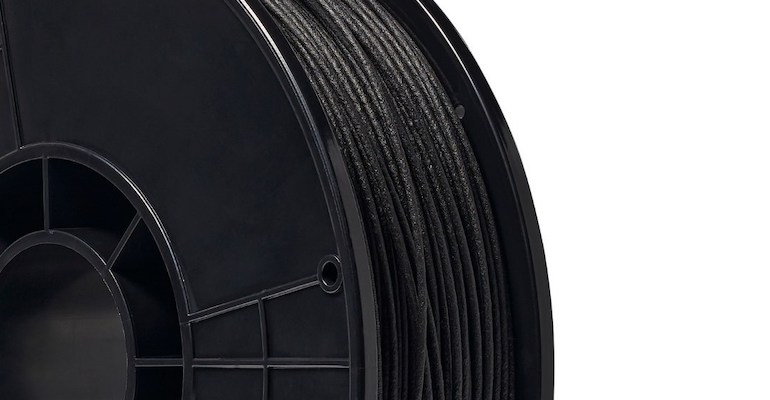Polyethylene and glass-fiber-reinforced polypropylene are suited for packaging, consumer, aerospace, automotive, and industrial applications.
May 31, 2022

Following on from recently introduced bio-based EVA and recycled polyethylene/polypropylene blends with or without carbon fiber made from recycled bottle caps for additive printing, Braskem has further expanded its 3D-printing product portfolio to include polyethylene (PE) and glass-fiber-reinforced polypropylene (PP) filaments. These new offerings are reportedly easier to print, feature less warpage and shrinkage, and have better interlayer adhesion than comparable products on the market.
Jason Vagnozzi, Braskem Commercial Director of Additive Manufacturing, stated: "Unlike other materials on the market, Braskem's PE is perfect for packaging and consumer applications and can be used anywhere HDPE would normally be used, while our new glass-fiber-reinforced polypropylene has added strength and durability, which makes it a great solution for automotive, aerospace, medical, robotic, and industrial applications. At Braskem, our team strives every day to innovate and expand our portfolio of additive manufacturing products to facilitate the growth of our clients."
Glass-fiber-reinforced PP 3D-printing filament
FL500PP-GF glass-fiber-reinforced PP filament is a specially formulated co-polymer for additive manufacturing containing glass fiber for added strength and durability. This formulation is designed to maximize printability, dimensional stability, and surface finish, while minimizing warpage and bed adhesion issues. Glass-fiber-reinforced PP filaments have a lower density than other plastics, making them up to 30% lighter than traditional PLA and up to three times stiffer than ABS. In addition, PP filaments do not require any drying prior to printing, unlike other materials such as polyamide.
Polyethylene 3D-printing filament
FL300PE is a 100% PE filament designed to be easy to print, lightweight, and highly moisture and chemical resistant. This filament is suited for packaging, prototyping, industrial and consumer goods applications, and anywhere traditional HDPE resins are typically required. PE filaments historically have been difficult to print and are prone to warpage and shrinkage. Braskem said it has taken a fresh look at PE and developed a 100% HDPE filament that has been specifically engineered for 3D-printing applications in packaging, consumer, and industrial applications.
You May Also Like


